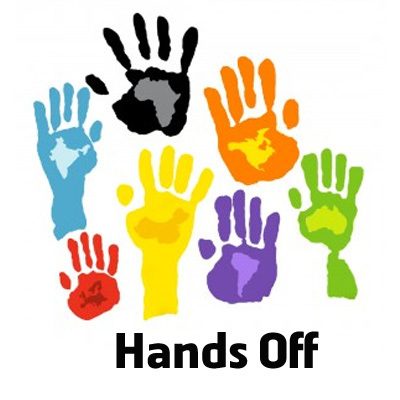Mission against sexual exploitation and human trafficking

Trafficking men, women and children for labor and sexual exploitation is the fastest growing criminal enterprise in the world. This despite the fact that international law and the laws of 158 countries criminalize most forms of trafficking.
- Sex and labor trafficking is a lucrative industry making an estimated 99 billion dollars per year.
- At least 20.9 million adults and children are bought and sold worldwide into commercial sexual servitude, forced labor and bonded labor.
- Approximately 2 million children are exploited every year in the global commercial sex trade.
- 54% of trafficked victims are trafficked for sexual exploitation.
- Women and girls make up 96% of victims of trafficking for sexual exploitation. Statistics from “Equality Now”
Revealing Light Ministries through our program, “RISEN Together”, seeks to prevent and eradicate the issue of “Human Trafficking” by educating the general public as to the complexities of this issue. Providing facilities (safe houses) and programs designed to help rehabilitate those adults and children coming out of this trauma and by providing better life options through education and vocational training.
RISEN Together programs are working in conjunction with our Trauma Healing Centres located in USA, Ethiopia, Rwanda, South Sudan, Congo, Liberia, Burundi, Uganda, Kenya, Ivory Coast, Pakistan and India.
Please partner with us to end this blight on humanity.
Revealing Light Ministries is a 501c3 Organization
Indicators of Human Trafficking
Recognizing key indicators of human trafficking is the first step in identifying victims and can help save a life. Here are some common indicators to help recognize human trafficking:
- •Does the person appear disconnected from family, friends, community organizations, or houses of worship?
•Has a child stopped attending school?
•Has the person had a sudden or dramatic change in behavior?
•Is a juvenile engaged in commercial sex acts?
•Is the person disoriented or confused, or showing signs of mental or physical abuse?
•Does the person have bruises in various stages of healing?
•Is the person fearful, timid, or submissive?
•Does the person show signs of having been denied food, water, sleep, or medical care?
•Is the person often in the company of someone to whom he or she defers? Or someone who seems to be in control of the situation, e.g., where they go or who they talk to?
•Does the person appear to be coached on what to say?
•Is the person living in unsuitable conditions?
•Does the person lack personal possessions and appear not to have a stable living situation?
•Does the person have freedom of movement? Can the person freely leave where they live? Are there unreasonable security measures?
Not all indicators listed above are present in every human trafficking situation, and the presence or absence of any of the indicators is not necessarily proof of human trafficking.
Excerpt from the US Dept. of Homeland Security
